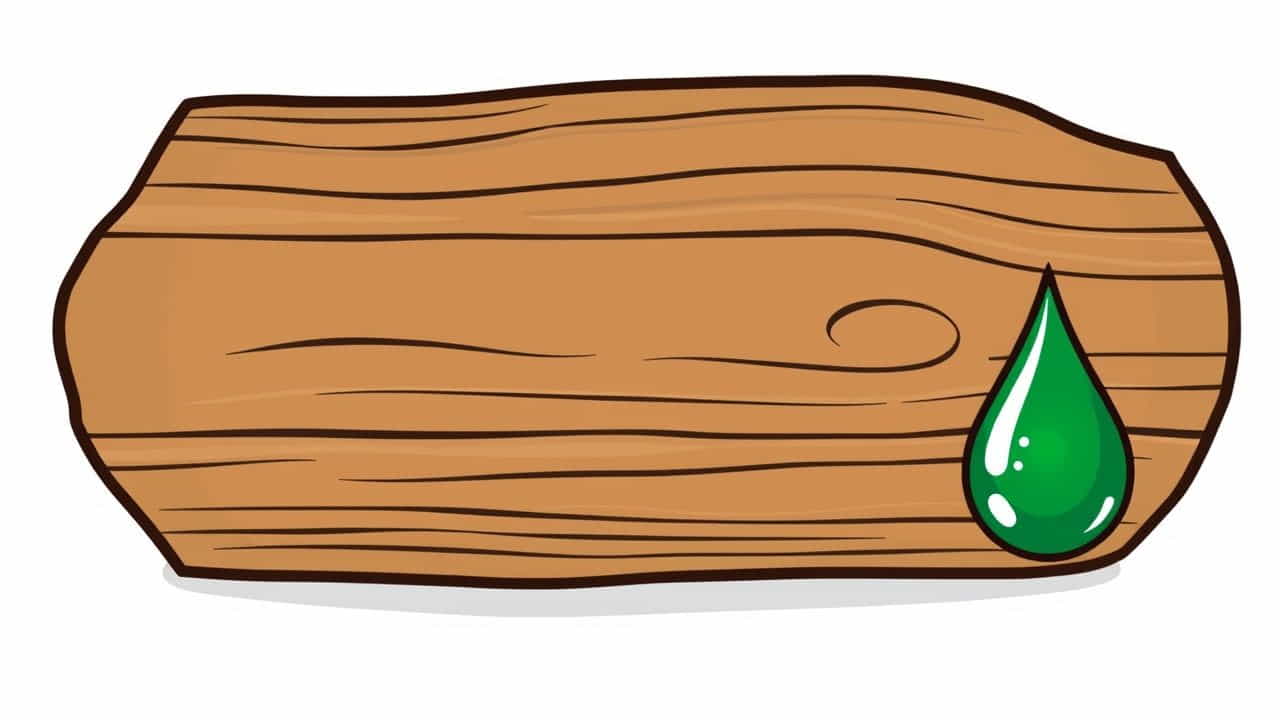Creosote-treated wood is a type of pressure-treated lumber that has been infused with creosote, a coal tar-derived preservative. This treatment protects wood from decay, insects, fungi, and weather damage, making it highly durable for outdoor and industrial applications.Commonly used in railroad ties, utility poles, marine pilings, and bridges, creosote-treated wood is valued for its long lifespan and resistance to harsh environmental conditions. However, due to its chemical composition, there are important safety considerations and environmental concerns associated with its use.
This topic explores what creosote-treated wood is, its applications, advantages, potential risks, and best practices for handling and disposal.
What Is Creosote-Treated Wood?
Creosote-treated wood is lumber infused with creosote, a dark, oily liquid obtained from the distillation of coal tar. The treatment process involves:
-
Drying the wood to remove moisture.
-
Placing the wood in a pressure chamber where creosote is forced into the fibers.
-
Allowing the wood to absorb the preservative, making it resistant to decay, termites, and water damage.
The result is a highly durable and weather-resistant material ideal for outdoor and industrial use.
Common Applications of Creosote-Treated Wood
1. Railroad Ties
Creosote-treated wood has been widely used for railroad tracks because of its high resistance to moisture and insect damage. The treatment prevents the wood from rotting, even under extreme weather conditions.
2. Utility Poles
Electric and telephone poles made from creosote-treated wood can last decades without deteriorating. The preservative keeps the wood structurally sound, preventing damage from fungi, insects, and moisture.
3. Marine Pilings and Docks
In coastal and freshwater environments, creosote-treated wood is used for dock pilings, piers, and seawalls. It withstands constant water exposure and prevents damage from marine borers and fungi.
4. Bridges and Boardwalks
Public infrastructure projects, such as wooden bridges, walkways, and boardwalks, often use creosote-treated wood because of its ability to withstand heavy foot traffic and harsh weather conditions.
5. Fence Posts and Retaining Walls
For agricultural and landscaping applications, creosote-treated wood is used for fences, retaining walls, and vineyard posts to prevent moisture damage and pest infestation.
Benefits of Creosote-Treated Wood
1. Long-Lasting Durability
Creosote-treated wood can last 30 to 50 years, making it an excellent choice for outdoor and structural applications that require longevity.
2. Resistance to Rot and Insects
The chemical properties of creosote protect the wood from termites, fungi, and bacterial decay, reducing maintenance costs over time.
3. Water-Resistant
Unlike untreated wood, creosote-treated wood resists water absorption, preventing swelling, warping, and fungal growth in moist environments.
4. Cost-Effective
While the initial cost of creosote-treated wood may be higher than untreated wood, its extended lifespan and low maintenance requirements make it a cost-effective long-term investment.
5. Ideal for Harsh Environments
Creosote-treated wood is perfect for high-humidity, wet, and insect-prone areas, making it the preferred choice for railways, marine structures, and utility poles.
Potential Risks and Safety Considerations
1. Health Concerns
Creosote contains toxic chemicals that can cause skin irritation, respiratory issues, and potential long-term health risks with prolonged exposure. It is recommended to wear protective gloves, long sleeves, and a mask when handling this type of wood.
2. Environmental Impact
The chemicals in creosote can leach into the soil and water, potentially harming plants, animals, and aquatic life. Because of this, creosote-treated wood is not recommended for residential use, such as garden beds or playgrounds.
3. Not Suitable for Indoor Use
Due to its strong odor and chemical properties, creosote-treated wood should only be used outdoors or in industrial settings where human exposure is minimal.
4. Restrictions and Regulations
Many countries have strict regulations regarding the use and disposal of creosote-treated wood. In some areas, it is banned for certain applications due to environmental and health concerns.
How to Handle Creosote-Treated Wood Safely
1. Wear Protective Gear
-
Use gloves, long sleeves, and eye protection to prevent direct contact with the wood.
-
Wear a respirator or mask if cutting or sanding the wood to avoid inhaling dust ptopics.
2. Proper Storage
-
Store creosote-treated wood in a dry, well-ventilated area away from water sources and food storage.
-
Avoid stacking it near residential or high-traffic areas.
3. Safe Disposal Methods
-
Do not burn creosote-treated wood, as it releases toxic fumes harmful to human health and the environment.
-
Dispose of it according to local hazardous waste regulations or recycling facilities that handle treated wood.
4. Limit Contact with Skin and Food
- Avoid using creosote-treated wood for picnic tables, garden beds, or playground equipment to prevent chemical exposure.
Creosote-Treated Wood vs. Other Treated Wood Options
| Feature | Creosote-Treated Wood | Pressure-Treated Wood (CCA/ACQ) | Naturally Rot-Resistant Wood |
|---|---|---|---|
| Durability | High (30-50 years) | Moderate to High (20-40 years) | Moderate (10-30 years) |
| Insect Resistance | Excellent | Good | Varies by species |
| Water Resistance | Excellent | Good | Moderate |
| Environmental Impact | High (Toxic chemicals) | Lower (Safer preservatives) | Minimal |
| Common Uses | Industrial, marine, rail | Decks, fences, landscaping | Furniture, decorative uses |
Alternatives to Creosote-Treated Wood
1. Pressure-Treated Wood (ACQ or CCA)
-
Uses copper-based preservatives instead of creosote.
-
Safer for residential and landscaping applications.
2. Naturally Rot-Resistant Woods
-
Cedar, redwood, and teak have natural oils that resist decay and insects.
-
Ideal for decks, furniture, and outdoor structures.
3. Composite and Plastic Lumber
-
Made from recycled materials with no toxic chemicals.
-
Low maintenance and highly durable for outdoor use.
Creosote-treated wood is a highly durable and water-resistant material used in industrial and outdoor applications, including railroad ties, utility poles, marine structures, and bridges. While it offers excellent protection against rot, insects, and moisture, it comes with health and environmental concerns that require careful handling and disposal.
For projects requiring safe, long-lasting, and eco-friendly alternatives, consider pressure-treated wood, naturally rot-resistant lumber, or composite materials. Always follow safety guidelines and local regulations when working with or disposing of creosote-treated wood to minimize risks.
